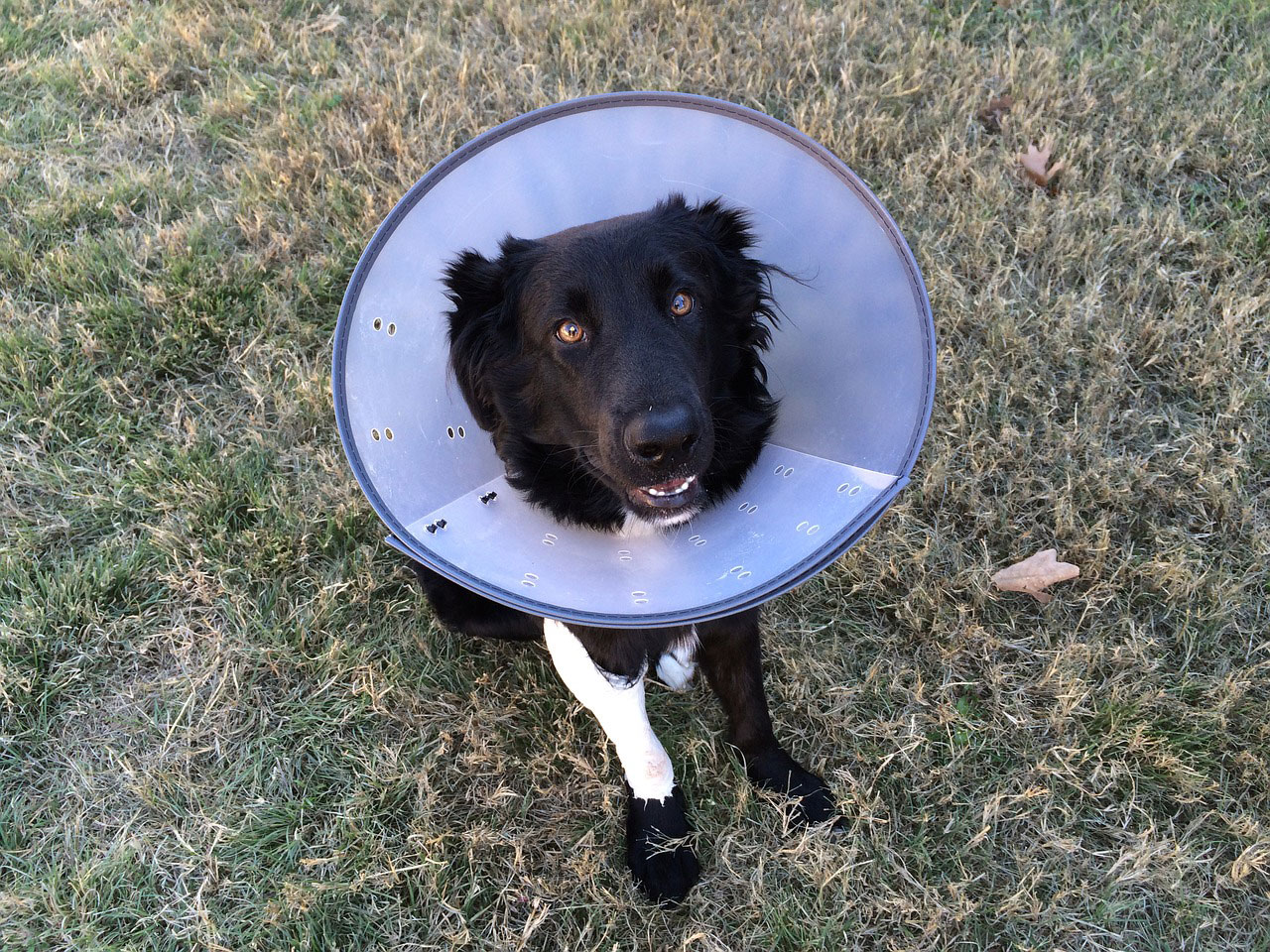
5 Tips for Caring for a Dog after Surgery
Like humans, dogs require specific postoperative care after surgery. While there’s no “one-size-fits-all” care procedure, there are a few universal things you can do to make your dog feel more comfortable. Here are five tips to help you care for your beloved dog after surgery.
1. Confine Your Pet
Since most pet surgeries will involve some sort of invasiveness, it’s important that your dog heals once he arrives back home. In most cases, this means restricting how much activity your dog engages in. If a dog moves too much following surgery, wounds can take longer to heal or may not heal at all.
To make confinement as comfortable as possible, section off a small area of the living room, add some soft blankets or bedding to the enclosure, and keep the space at a comfortable temperature. Make sure the space is big enough to allow your pet to stand up and have full range of motion. Additionally, remember that a pet recovering from surgery may need more attention from you even if he is confined to a crate or small area. Spending time with your pet can go a long way in aiding their recovery.
2. Follow the Proper Post-Surgery Routine Prescribed by the Vet
Pay close attention to any of the discharge instructions given to you by your vet. If you have questions before leaving the office, have your vet or another staff member go over each instruction, line by line. Ask questions about anything that seems vague and take notes regarding how much medication should be prescribed, when follow-up appointments should take place, and which post-op dangers to look out for.
3. Allow Time for Rest and Recovery
One of the most important things to remember after a surgery is that your dog will most likely be sleepy and lethargic for at least 24–48 hours after the operation. Don’t expect your dog to immediately get back to his normal self. Give him time to rest and get back on his feet. To allow for the most restful environment, keep noise levels down (so your dog can sleep) by fixing appliances that consistently make noise, telling your kids to play outside, and having the TV on a low volume.
4. Monitor Your Dog’s Overall Health
If an invasive surgery was performed, monitor the incision daily for any swelling, bruising, bleeding, and oozing. Your vet should go over specific instructions and suggestions to keep the incision dry and clean. It might be best if your dog wears an Elizabethan collar after surgery—this cone-shaped collar might be uncomfortable at first, but it will prevent your dog from licking the wound and getting it infected.
5. Keep Your Dog on a Nutritious Diet
Dogs who have had recent surgery may not want to eat because of how much pain they’re in. Make the food tempting by offering a special treat or give your dog an easily digestible meal, like cooked chicken and rice. Try to give him small amounts of food and water, and be prepared to spoon-feed your dog if he won’t eat on his own. Note: all dogs are different, so be sure to follow your vet’s advice on feeding after surgery.










